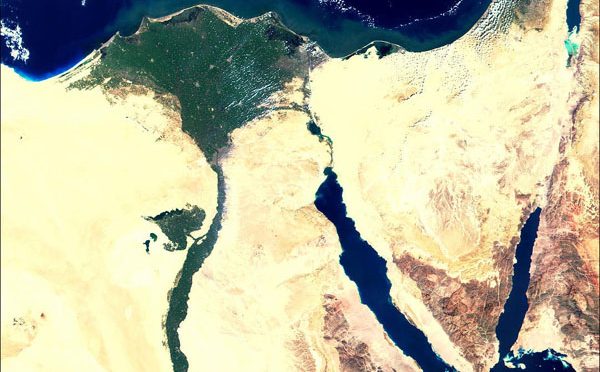Non-classical mesoscale circulations
Non-classical mesoscale circulations (NMC) are smaller in scale than the classical mesoscale circulations discussed in unit 5. However, they base on the same principles. In contrast to the classical mesoscale circulations, they are caused by either temporally natural perturbations (snow, cloud shadow, fire-scars, etc.) or human caused changes (irrigation, grazing, settling, land-use and land-cover changes, etc.). Nevertheless, the concept is similar. Differential heating alters the surface properties and surface energy balance. Temperature and pressure differences lead to the (weak) wind systems. NMCs are of local importance as they can lead to convection, which may be severe.
Tip: You may to review the section in Lectures of Meteorology on the surface energy budget in Lecture in Meteorology in the radiation chapter for an easy understanding of the new material.
Learning Goal
After completion of this unit students will be able to
- Define and explain non-classical mesoscale circulations
- Identify areas where non-classical mesoscale circulations might occur in satellite imagery and imagery from airborne platforms
- Explain their hydrological and meteorological impacts
- Determine wind speed, direction, pressure, temperature, and moisture differences related to non-classical mesoscale circulations
- Explain the role of spatial scale and landscape heterogeneity for the formation of non-classical mesoscale circulations (graduate students)
- Discuss simulations of classical and non-classical mesoscale circulations (graduate students)
Students’ tasks
- Watch this video on non-classical mesoscale circulations
- Watch this video giving a brief theoretical background on modeling non-classical mesoscale circulations (graduate students)
- Read chapter 6.3.2 in Mesoscale Dynamics
- Read chapters 7.3.2 to 7.3.2.3 (included) in Lectures in Meteorology
- Download this Unit 6 application sheet and solve the problems assigned at your class level. Scan your solutions and email them to cmoelders@alaska.edu before Thursday 2359 AKST
Further Reading on impacts of NCMC
Mölders, N., Kramm, G., 2007. Influence of wildfire induced land-cover changes on clouds and precipitation in Interior Alaska — A case study. Atmos. Res., 84: 142-168. pdf
Mölders, N., 2011. Land-Use and Land-Cover Changes, Atmospheric and Oceanographic Sciences Library 44, DOI 10.1007/978-94-007-1527-1 3, Springer Science+Business Media B.V. 2012 (available in the Keith Mather Library)
Friedrich, K., Mölders, N., 2000. On the influence of surface heterogeneity on latent heat-fluxes and stratus properties. Atmos. Res., 54: 59-85.
Friedrich, K., Mölders, N., Tetzlaff, G., 2000. On the influence of surface heterogeneity on the Bowen-ratio: A theoretical case study. Theor. Appl. Clim., 65: 181-196. pdf
© 2020 Nicole Mölders | All rights reserved
